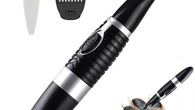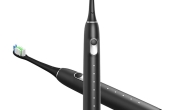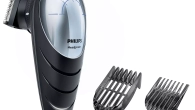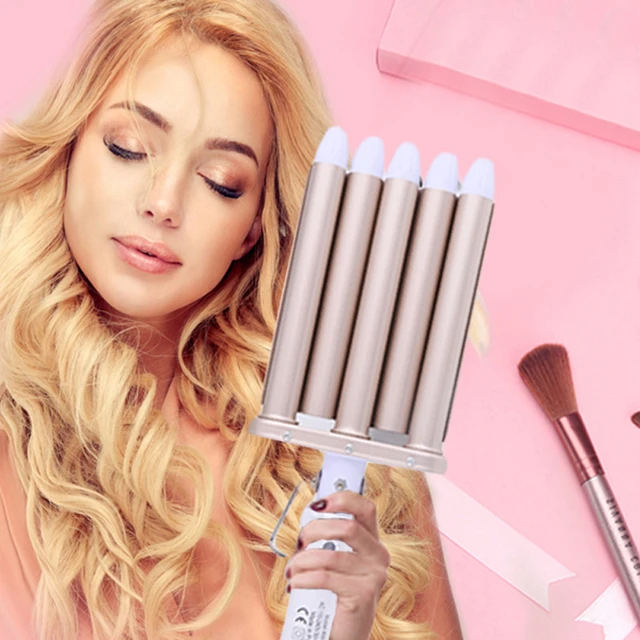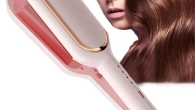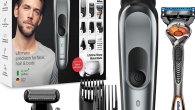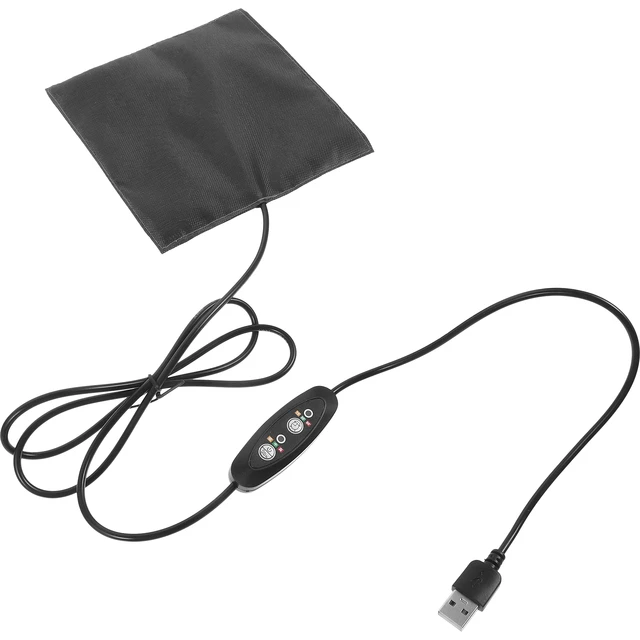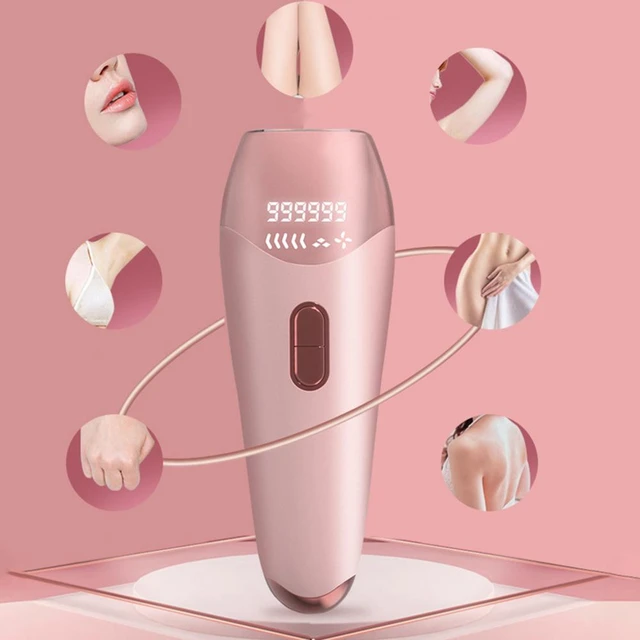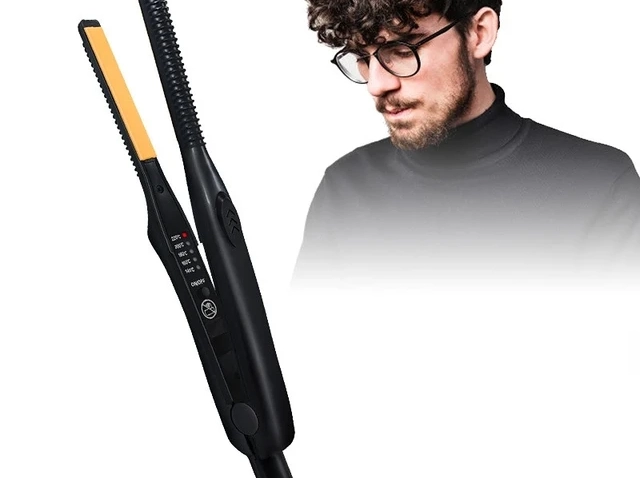
Dealing with a Curling Iron Burn on the Neck: Quick Relief
Introduction
Accidents happen, and getting burned while using a curling iron is a common mishap. When it occurs on the sensitive skin of the neck, it can be particularly uncomfortable and require proper care and attention. This comprehensive guide aims to provide you with specific instructions on how to deal with a curling iron burn on the neck. From immediate relief measures to effective home remedies and proper wound care, each section will offer detailed steps to ensure a prompt recovery and minimize discomfort.
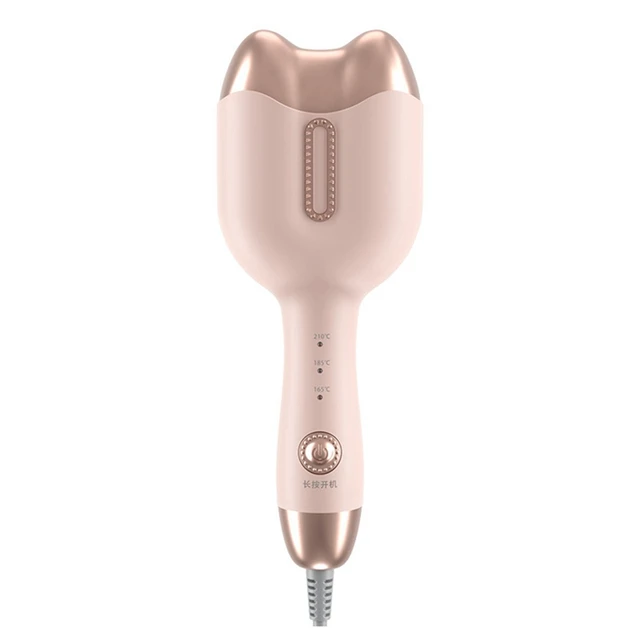
Dealing with a Curling Iron Burn on the Neck: Quick Relief and Effective Care
I. Assessing the Burn Severity
-
Determine the Degree of the Burn:
- Before taking any action, assess the severity of the burn. Curling iron burns are classified into three degrees: first degree (superficial burns), second degree (partial-thickness burns), and third degree (full-thickness burns). Understanding the severity will guide your treatment approach.
-
Common Signs and Symptoms:
- Look for common signs and symptoms of burn injuries, including redness, pain, swelling, blistering, or charred skin. These indicators will help you determine the best course of action for treating the burn.
II. Immediate Relief Measures
-
Cool the Burned Area:
- Act quickly to cool the burn and minimize tissue damage. Hold a clean, cool (not cold) compress against the burn for 10-15 minutes. Alternatively, cool running water can be gently applied to the area for the same duration.
-
Avoid Ice or Freezing Temperatures:
- Resist the temptation to use ice or extreme cold on the burn, as it may further damage the skin and impede proper healing.
-
Elevate the Burned Area:
- If the burn is on the neck and allows for elevation, raise the affected side slightly to reduce swelling. This can help improve circulation and alleviate discomfort.
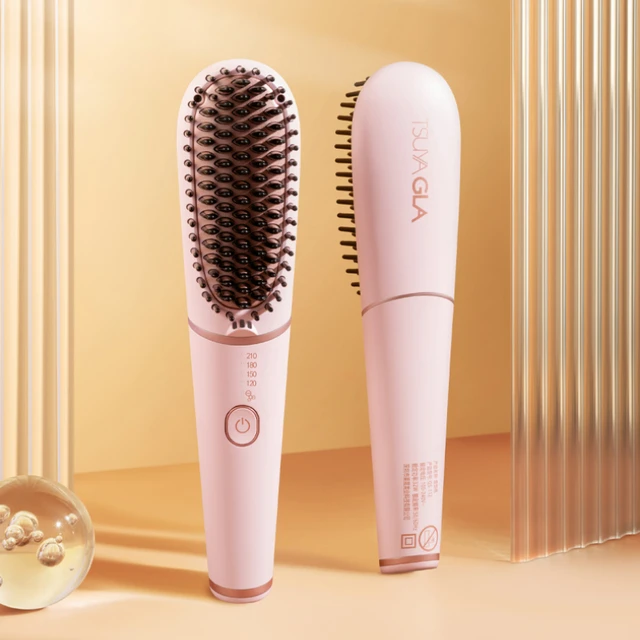
III. Home Remedies for Pain Relief
-
Aloe Vera Gel Application:
- Apply a thin layer of pure aloe vera gel directly to the burn site. Aloe vera has natural soothing and cooling properties, which can help alleviate pain, reduce inflammation, and promote healing.
-
Honey Dressing:
- Honey possesses antibacterial and anti-inflammatory properties. Apply a small amount of honey to a sterile gauze pad and gently place it on the burn. Secure the dressing with medical tape or a bandage. Change the dressing every few hours or as needed.
-
Over-the-Counter Pain Relievers:
- If necessary, over-the-counter pain relievers such as acetaminophen or ibuprofen can be taken according to the recommended dosage. These medications help manage pain and reduce inflammation.
IV. Proper Wound Care and Protection
-
Keep the Wound Clean:
- Gently wash the burn site with lukewarm water and mild soap. Pat it dry with a clean towel and avoid rubbing or aggravating the area. This helps keep the wound clean and free from infection.
-
Apply a Non-Stick Dressing:
- Cover the burn site with a non-stick dressing, such as a sterile gauze pad, to protect it from further irritation. Avoid adhesive bandages or dressings that may stick to the wound, causing discomfort during removal.
-
Change Dressings Regularly:
- Regularly change the dressing to maintain a clean and hygienic environment around the burn. Monitor the wound for any signs of infection, such as increased redness, pus, or worsening pain, and seek medical attention if necessary.
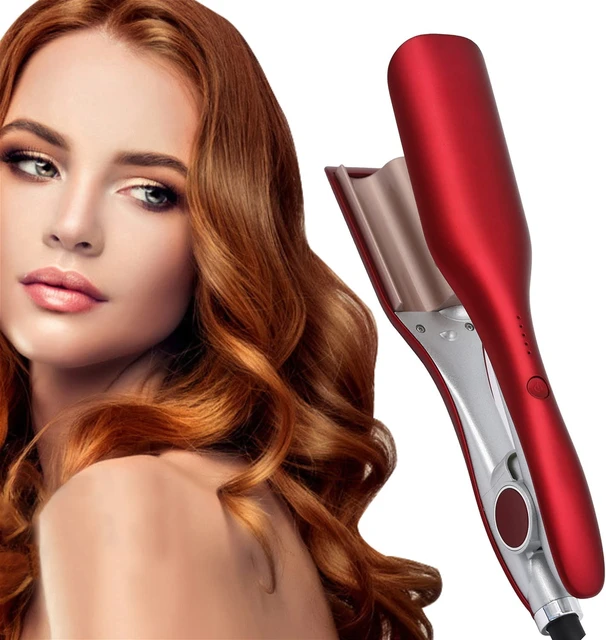
V. When to Seek Medical Attention
-
Deep or Extensive Burns:
- Seek medical attention for burns that are deep or cover a significant area of the neck. These may require specialized care, including advanced wound dressing, antibiotics, or other medical interventions.
-
Signs of Infection:
- If the burn shows signs of infection, such as increased pain, redness, swelling, discharge, or an unpleasant odor, consult a healthcare professional for proper evaluation and treatment.
-
Uncontrolled Pain or Worsening Symptoms:
- If the pain becomes unmanageable or the burn exhibits worsening symptoms despite appropriate at-home care, seek medical assistance for further evaluation and specific recommendations.
VI. Prevention for Future Safety
-
Implement Proper Safety Measures:
- To prevent future curling iron burns, take precautionary measures such as using heat-resistant gloves, keeping the curling iron away from the neck, and using a heat-resistant mat or stand.
-
Be Mindful of Operating Temperatures:
- Adjust the temperature of the curling iron according to your hair type, ensuring that it is not too hot and limiting the risk of burns.
-
Seek Professional Hair Styling:
- If you are uncomfortable using a curling iron on your own, consider visiting a professional hairstylist who can handle the equipment safely and ensure a safe and effective styling process.
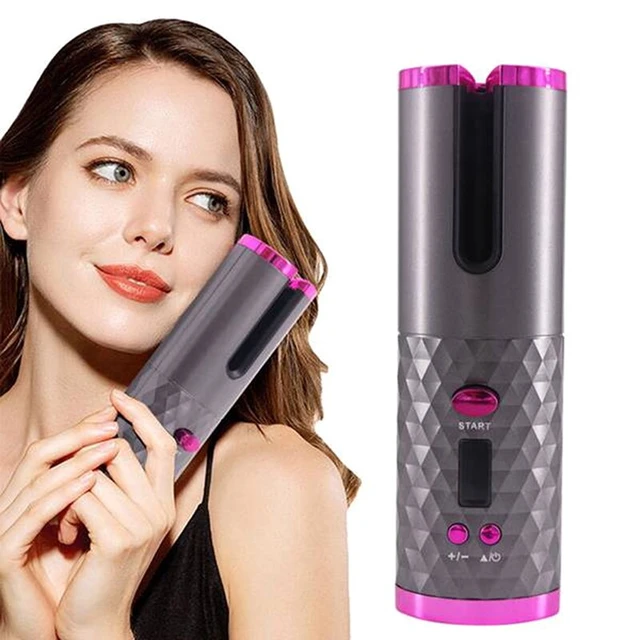
Additional Tips for Comfort and Healing
-
Avoid Picking at Blisters:
- If blisters form on the burn, refrain from popping or picking them, as this can increase the risk of infection and delay the healing process. Blisters act as a natural protective barrier for the underlying skin.
-
Stay Hydrated:
- Maintaining good hydration by drinking an adequate amount of water can promote overall skin health and aid in the healing process. Hydrated skin has better elasticity, which can help prevent scarring.
-
Moisturize the Healing Skin:
- Once the burn begins to heal and the skin starts to regenerate, apply a gentle and fragrance-free moisturizer to the area. This helps keep the skin hydrated, reduces itching, and promotes a smoother healing process.
-
Protect the Healing Skin from the Sun:
- Shield the healing skin from direct sunlight as much as possible, as it can lead to discoloration or hyperpigmentation. If you need to expose the area to the sun, generously apply a broad-spectrum sunscreen with a high SPF to protect the delicate skin.
Emotional Support and Self-Care
-
Seek Emotional Support:
- Dealing with a burn on the neck can be emotionally challenging. Reach out to friends, family, or a mental health professional for emotional support during the healing process. Talking about your experience can help alleviate anxiety or stress.
-
Practice Self-Care:
- Engage in self-care activities that promote relaxation and well-being. This can include gentle exercises, meditation, deep breathing exercises, or activities that bring you joy and peace of mind. Taking care of your emotional well-being can aid in the overall healing process.

VII. Conclusion: Prompt Relief and Healing
Dealing with a curling iron burn on the neck requires prompt action and proper care. By assessing the severity of the burn, implementing immediate relief measures, and following the guidelines for home remedies and wound care, you can alleviate discomfort and help the burn heal effectively. Remember to seek medical attention when necessary and take preventive measures to avoid future incidents.
With proper care and attention, the burn on your neck will heal, and you will soon resume your normal activities comfortably and confidently.




